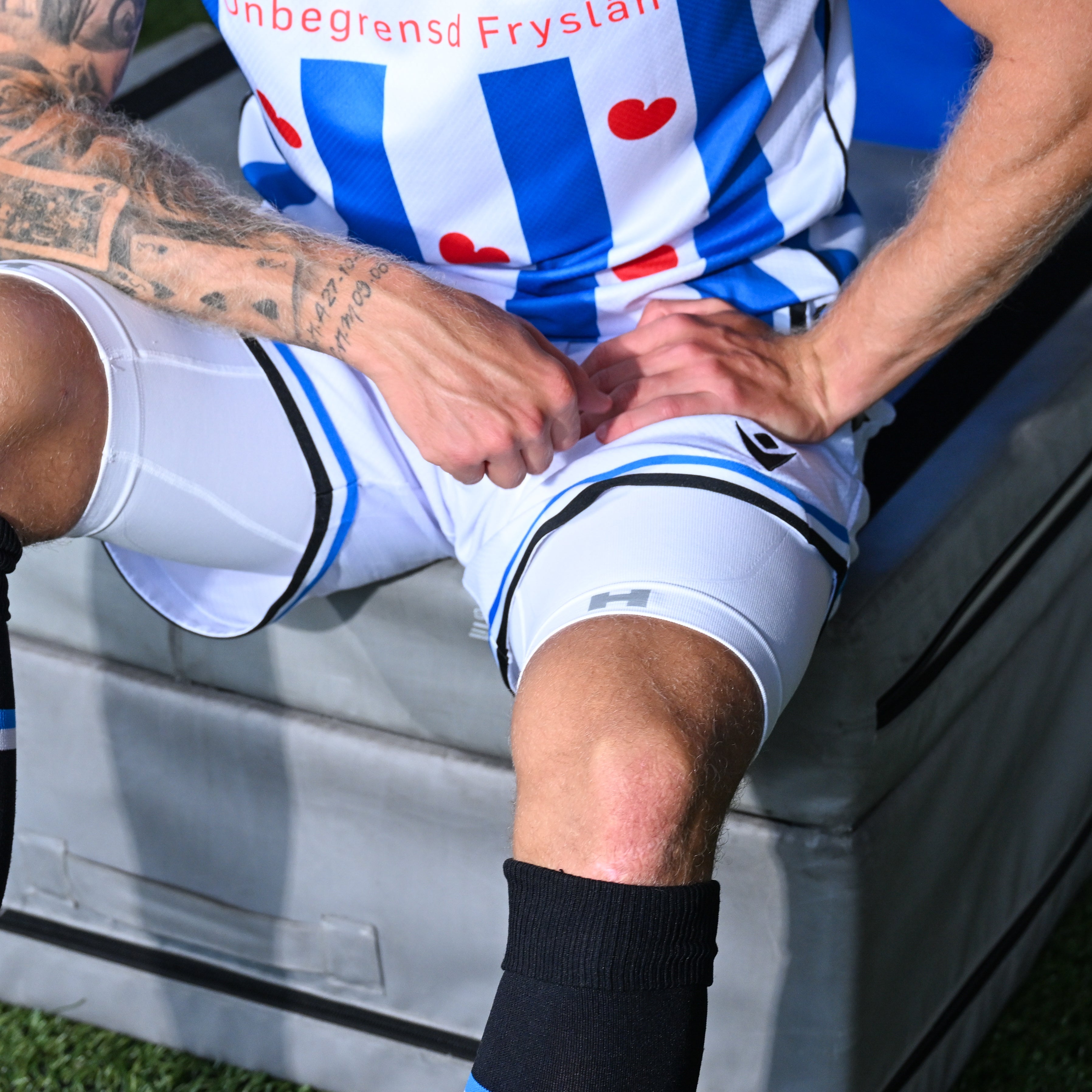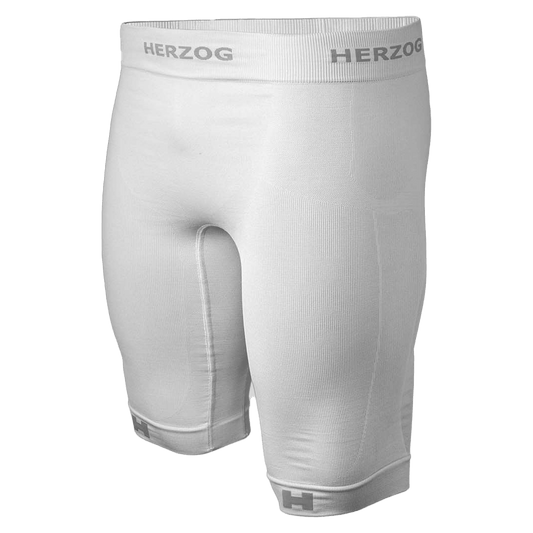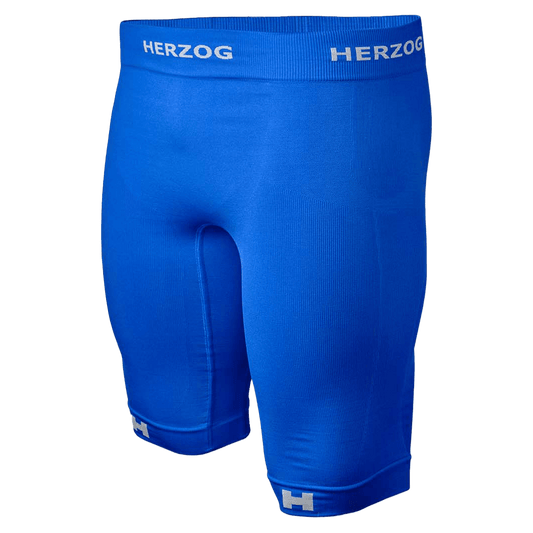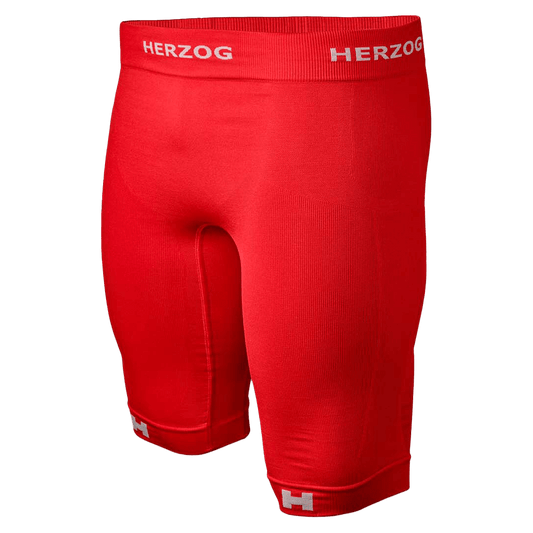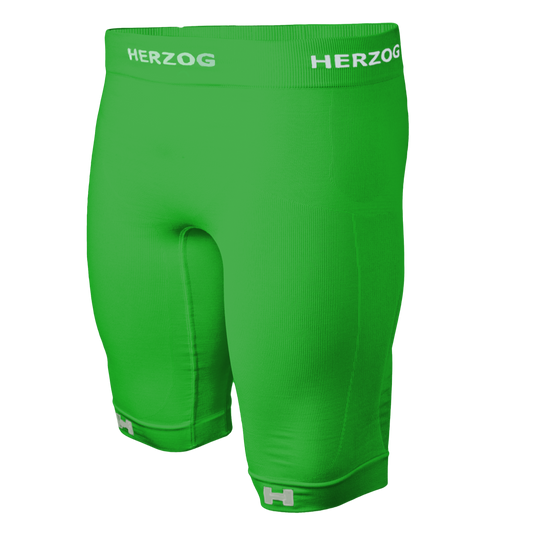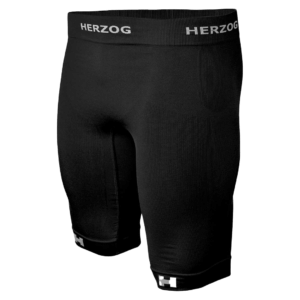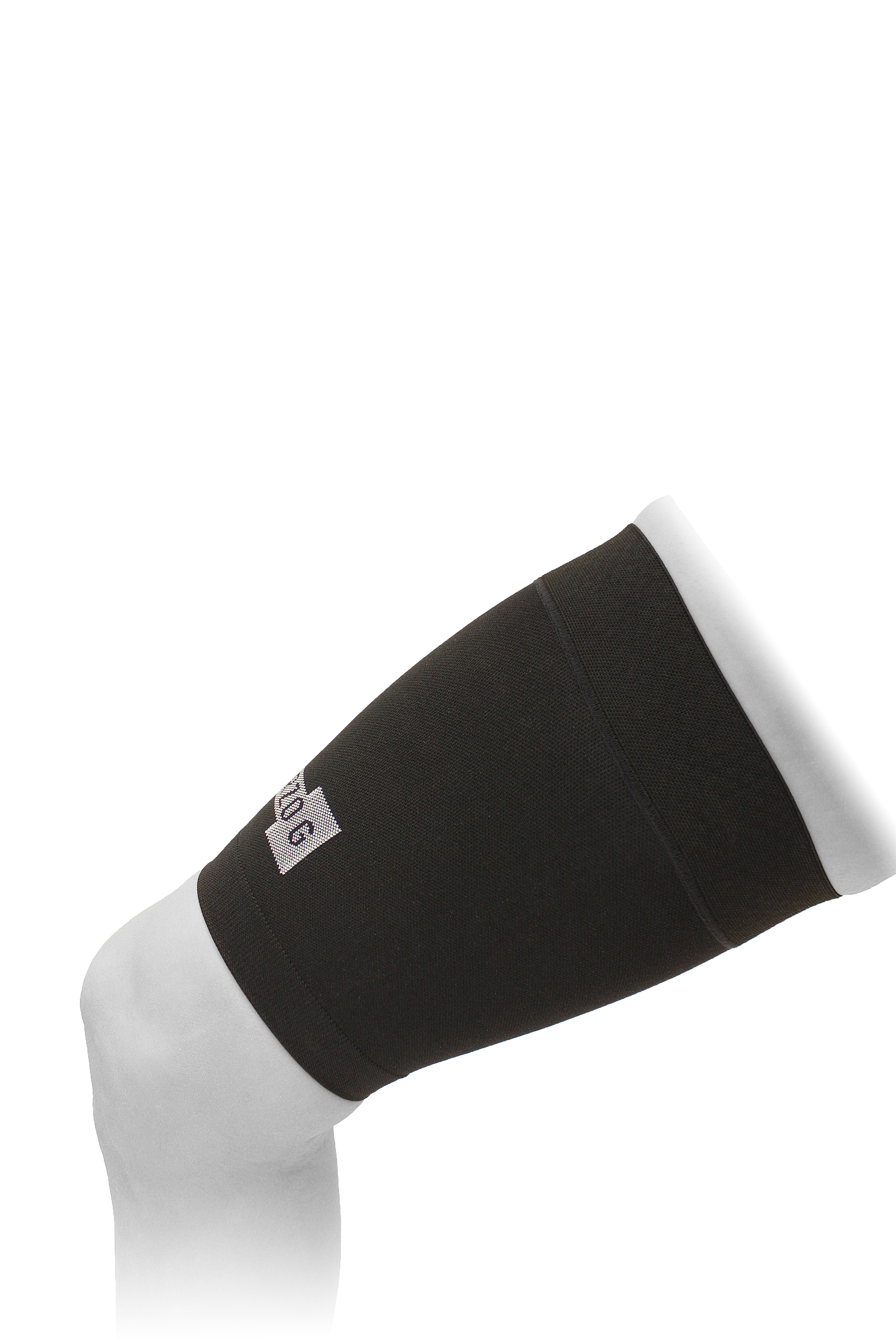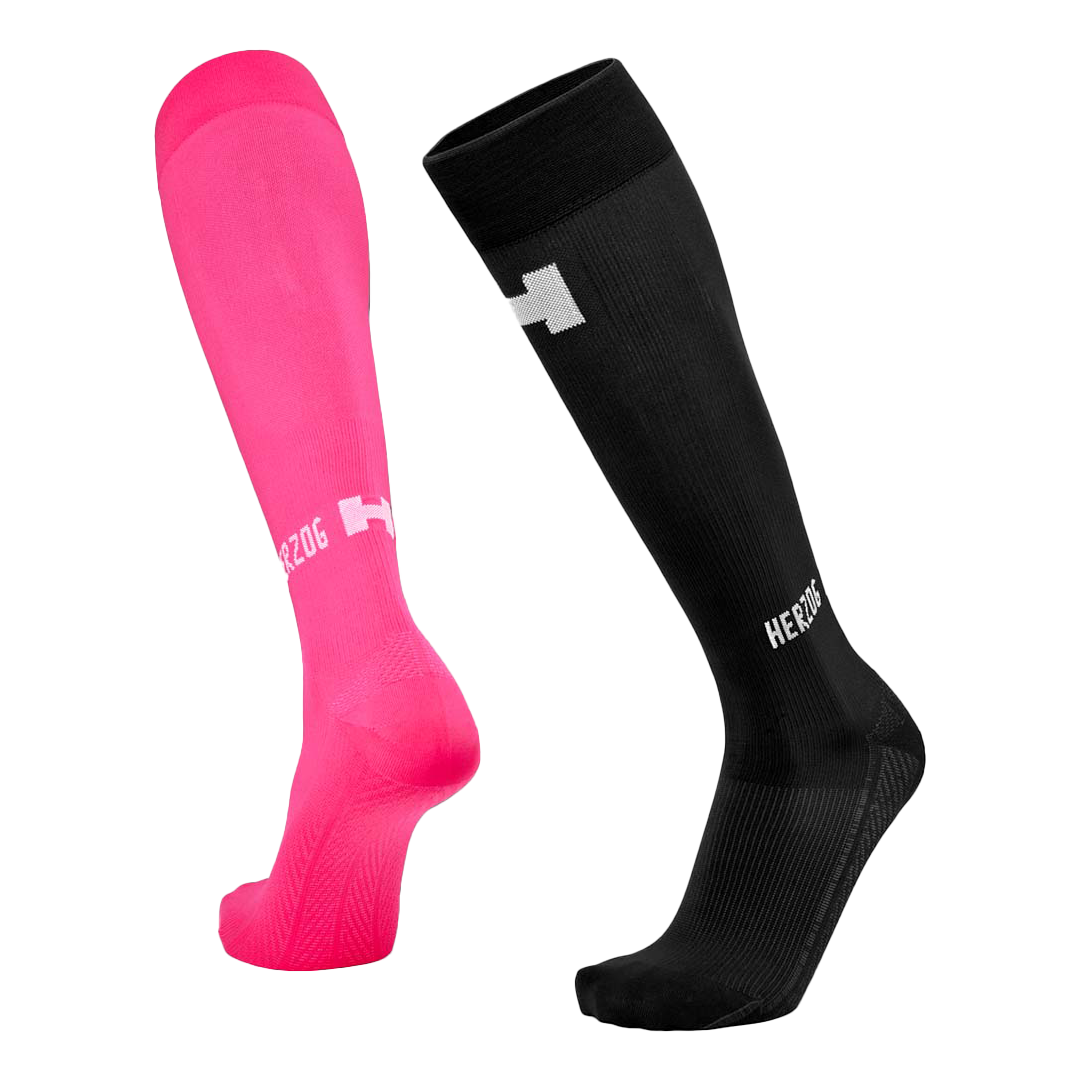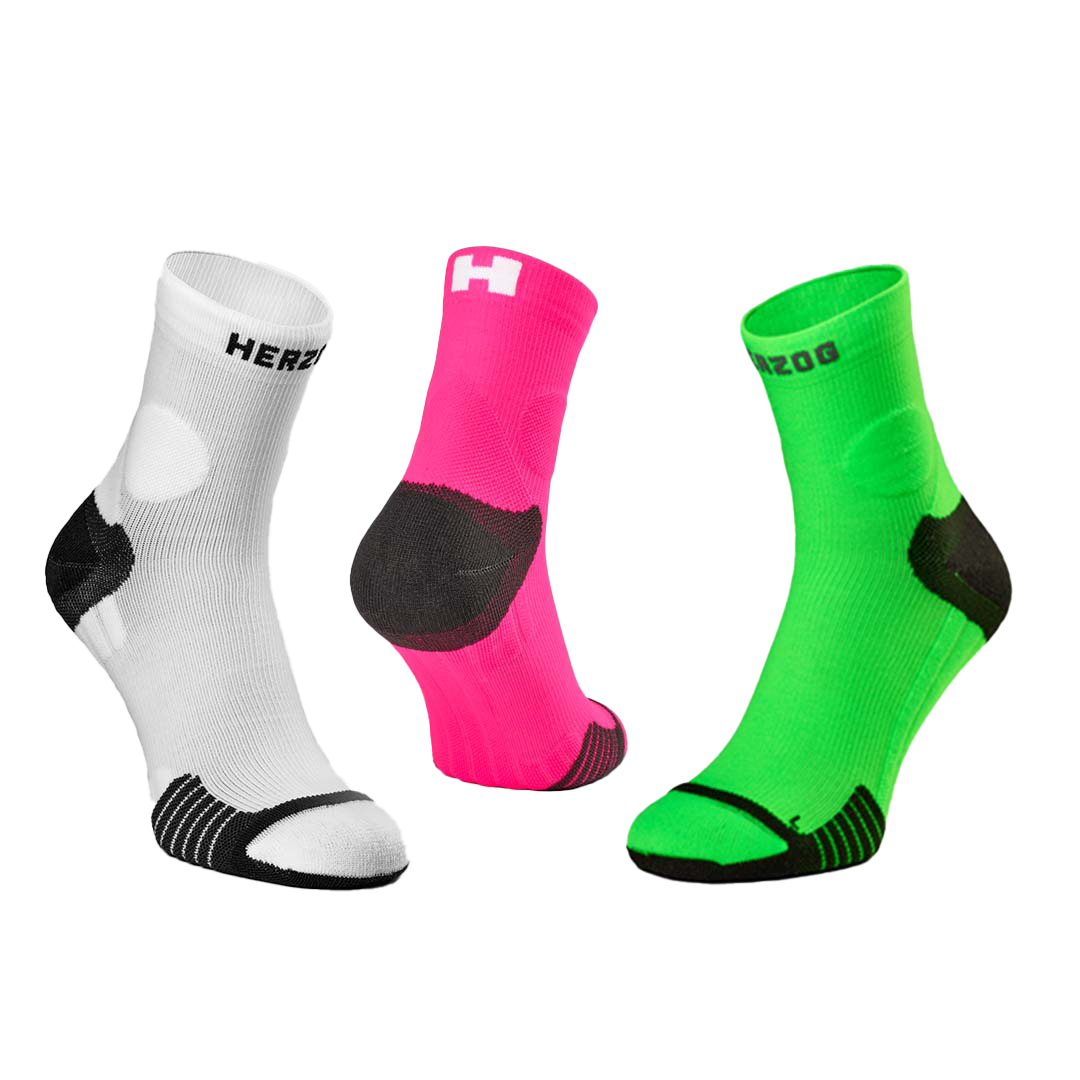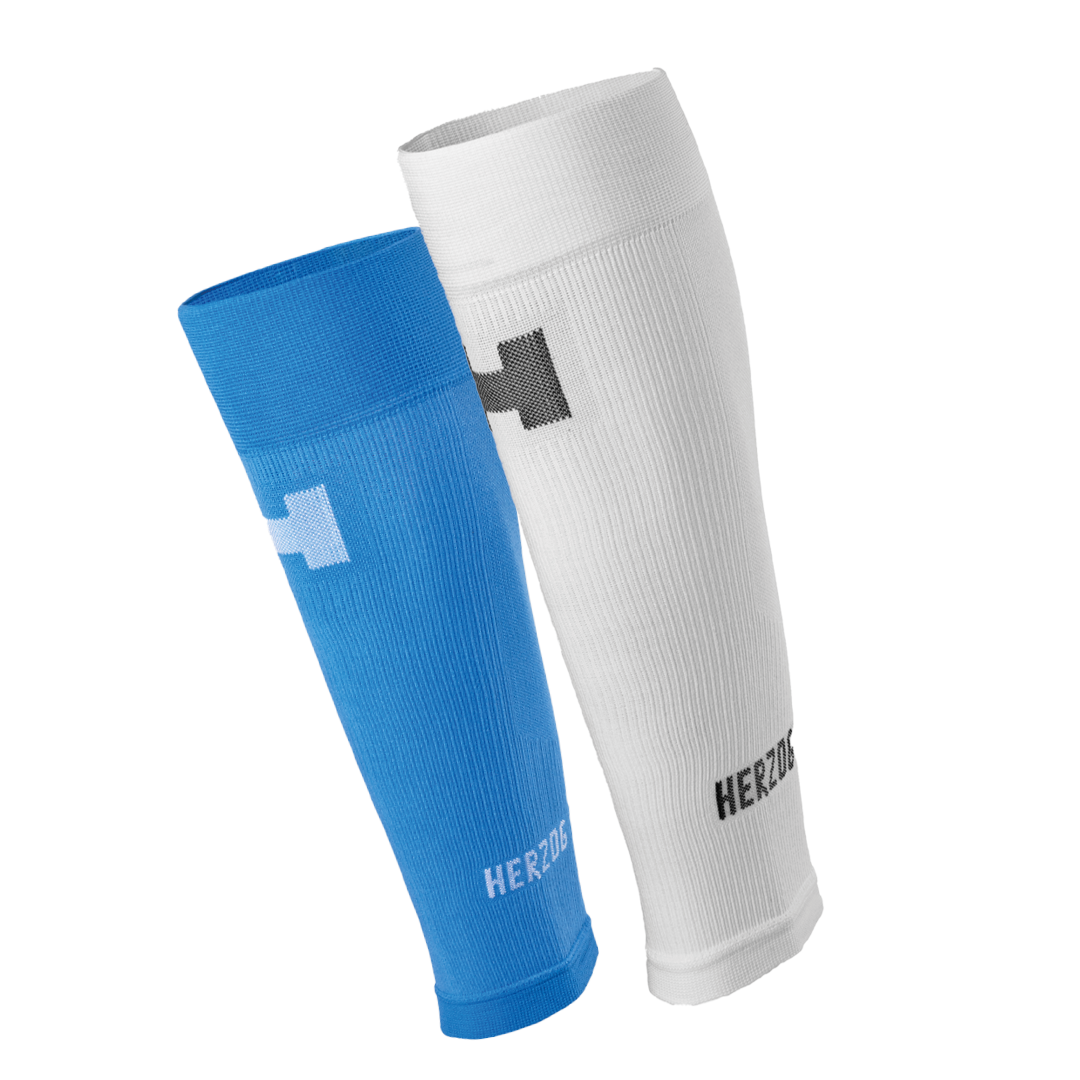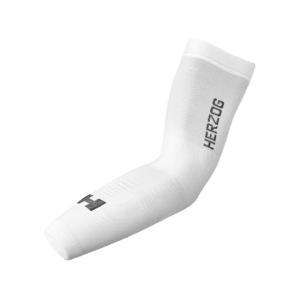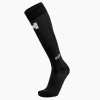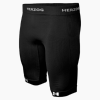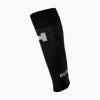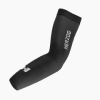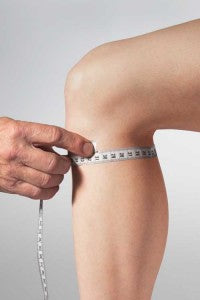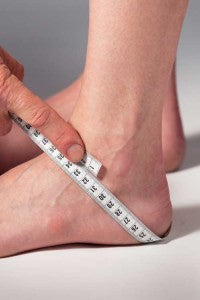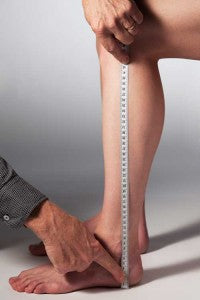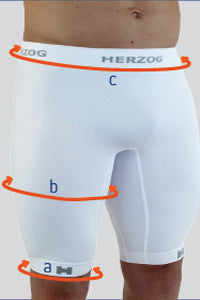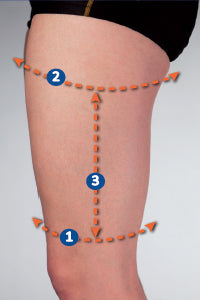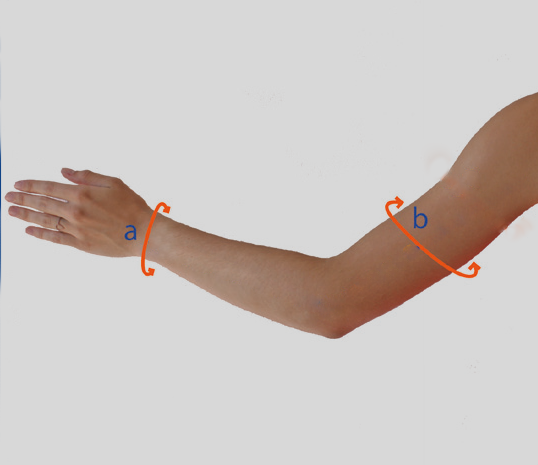How does a hamstring or groin injury occur?
Groin and hamstring injuries are common. They usually occur after sprint activities, but can also be provoked by rapid turning, turning or abrupt braking. These injuries can occur acutely, for example after an explosive movement, but they can also occur silently as a result of overload. In the beginning you only feel the pain when you start exercising. If the injury worsens, the pain increases and you are forced to stop exercising. The big danger is that if you have suffered such an injury before, you are more likely to experience it more often.

How do you recover from a hamstring or groin injury?
First go to your GP or (sports) physiotherapist to determine exactly what is going on. Take sufficient time for your rehabilitation and ensure that the affected region becomes sufficiently strong again. Increase the load slowly. Given the high risk of recurrence, we recommend wearing the Herzog PRO Compression Short preventively, even if you are sufficiently fit. These pants absorb the shocks from the relatively heavy thigh muscles, providing optimal support for these muscles. The lateral movement of the muscles is neutralized and the outward movement when the muscles contract is effectively absorbed. Due to the decreasing pressure profile from distal to proximal, the Herzog PRO Compression Short also ensures faster removal of waste products and therefore faster recovery.
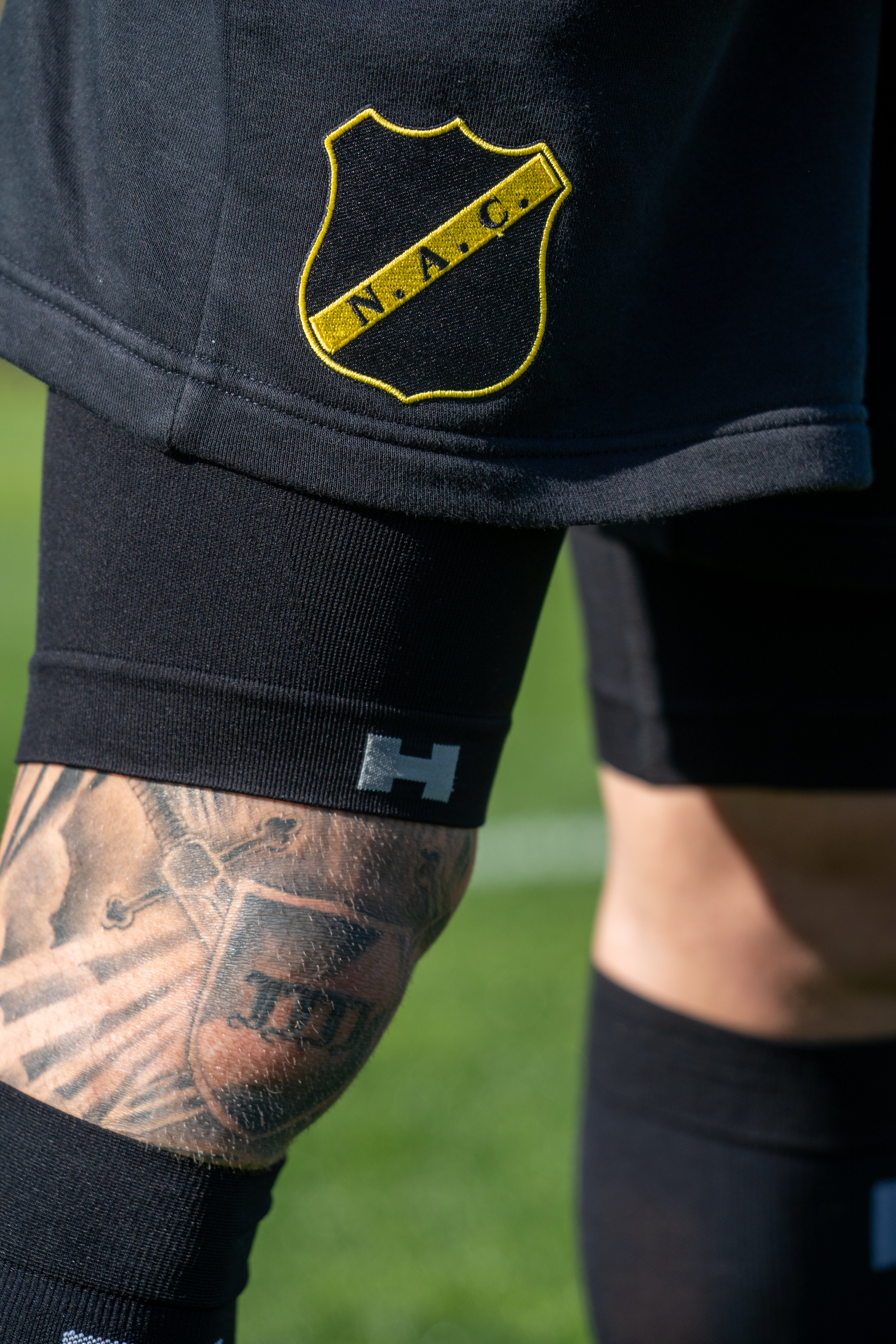
What makes the PRO Compression Shorts unique?
- Thanks to three measuring points, the fit is precisely tailored to the athlete's leg and buttock contour. This precise fit is necessary to ensure the exact amount of compression and the compression progression.
- A decreasing pressure gradient from 20 mmHg above the knee to 13 mmHg below the buttock ensures a faster venous return.
- Due to the high, dosed compression on the thigh, the muscle mass remains compact, which reduces tensile forces on muscles, tendons and attachments.
- The risk of groin injuries is greatly reduced by the counter pressure in the groin region.
- In addition, there is considerably less chance of muscle damage because the lateral shaking forces and shock loads have much less effect on the relatively heavy thigh muscles.
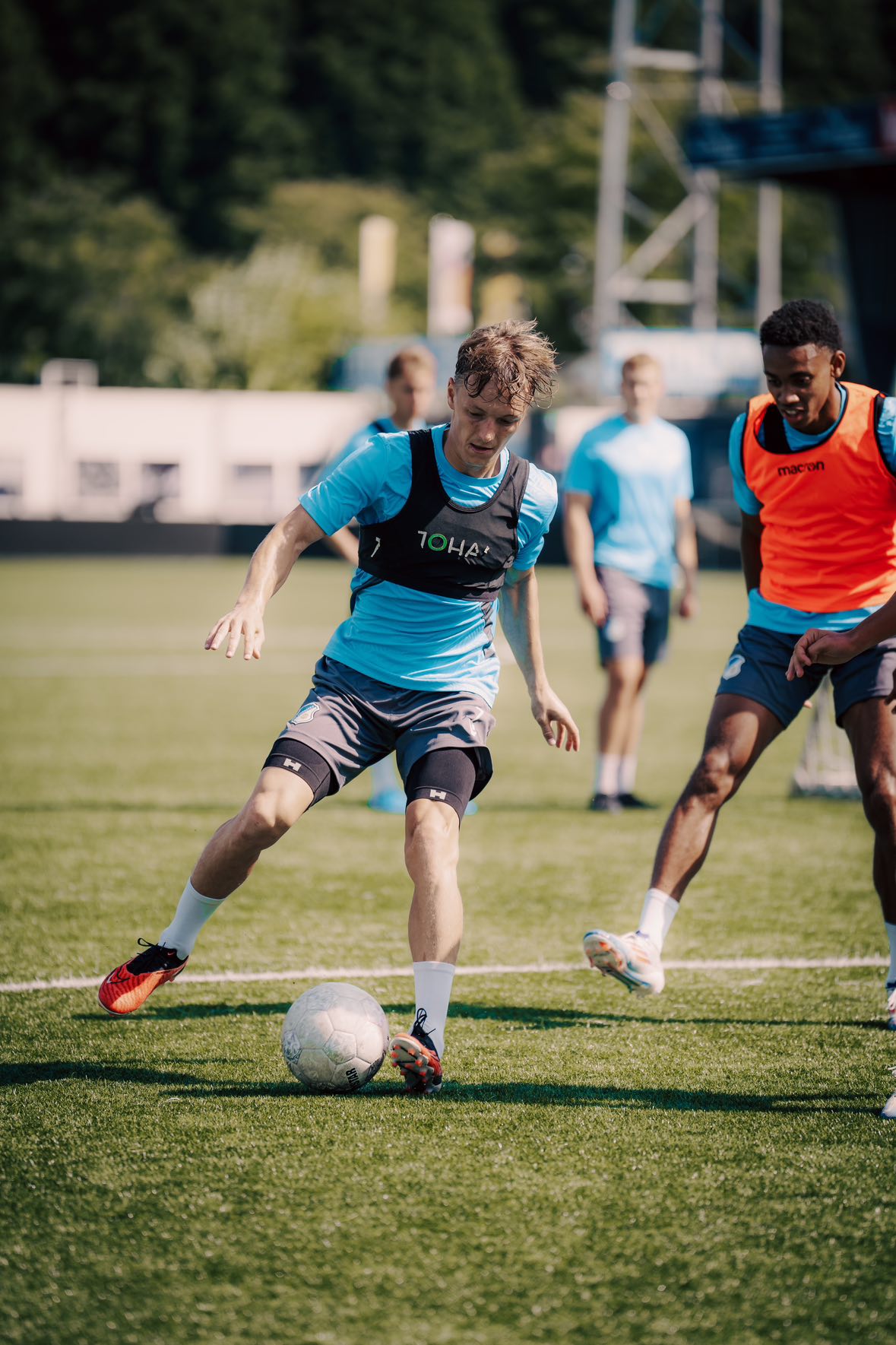
More muscle injuries and how to recover
Hamstring injuries can come on suddenly and often link to other muscle issues. Learn how compression helps with multiple types of injuries.
→ Discover all injuries

